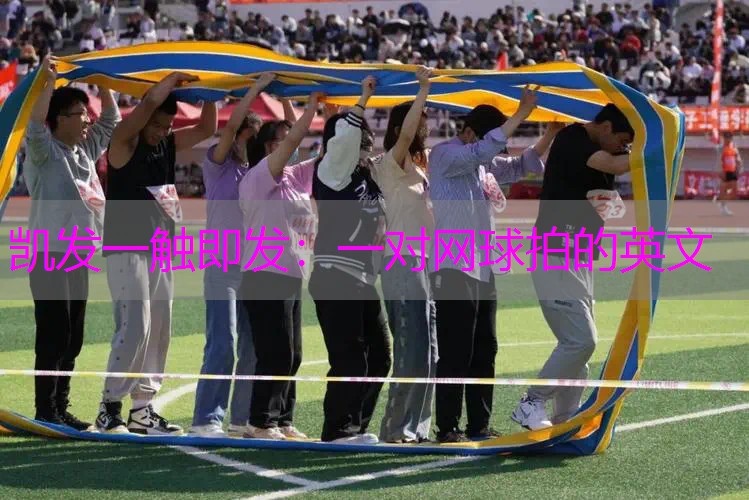凯发一触即发:一对网球拍的英文
A Pair of Tennis Rackets
Tennis is a sport that has been played for centuries, and it has evolved into a highly competitive game that requires skill, strategy, and athleticism. One of the most important pieces of equipment for any tennis player is their racket, which is used to hit the ball back and forth across the net. In this article, we will explore the history, design, and features of a pair of tennis rackets.
History of Tennis Rackets
The earliest versions of tennis rackets were wooden and had a small head with a long handle. These rackets were heavy and difficult to maneuver, and they were often strung with gut or animal intestines. In the late 1800s, metal rackets were introduced, which were lighter and more durable than their wooden counterparts. In the 1970s, graphite rackets were invented, which revolutionized the sport of tennis. These rackets were even lighter and stronger than metal rackets, and they allowed players to hit the ball with more power and accuracy.
Design of Tennis Rackets
A modern tennis racket consists of several parts, including the head, the frame, the strings, and the grip. The head of the racket is the part that makes contact with the ball, and it can be either round or oval-shaped. The frame of the racket is the structure that supports the head, and it can be made of a variety of materials, including graphite, aluminum, and titanium. The strings of the racket are what allow the player to hit the ball, and they can be strung with a variety of materials, including gut, synthetic gut, and polyester凯发k8国际首页登录. The grip of the racket is the part that the player holds onto, and it can be made of rubber, leather, or synthetic materials.天生赢家一触即发
Features of Tennis Rackets

There are several features that distinguish one tennis racket from another, including the weight, the balance, the head size, and the string pattern. The weight of a tennis racket can range from 9 ounces to 13 ounces, and it can have a significant impact on a player's performance. A lighter racket is easier to maneuver and can generate more racket head speed, while a heavier racket can provide more stability and power. The balance of a tennis racket refers to the distribution of weight between the head and the handle, and it can be either head-heavy or handle-heavy. A head-heavy racket can generate more power and spin, while a handle-heavy racket can provide more control and accuracy. The head size of a tennis racket can range from 85 square inches to 135 square inches, and it can affect the sweet spot of the racket. A larger head size can provide a larger sweet spot, which can make it easier to hit the ball cleanly. The string pattern of a tennis racket can also affect the sweet spot and the overall performance of the racket. A tighter string pattern can provide more control and spin, while a looser string pattern can provide more power and comfort.
Conclusion
A pair of tennis rackets is an essential piece of equipment for any tennis player, and it can have a significant impact on their performance. The history of tennis rackets has evolved from wooden to metal to graphite, and the design and features of a modern tennis racket can vary widely. Understanding the weight, balance, head size, and string pattern of a tennis racket can help players choose the right racket for their playing style and skill level.
